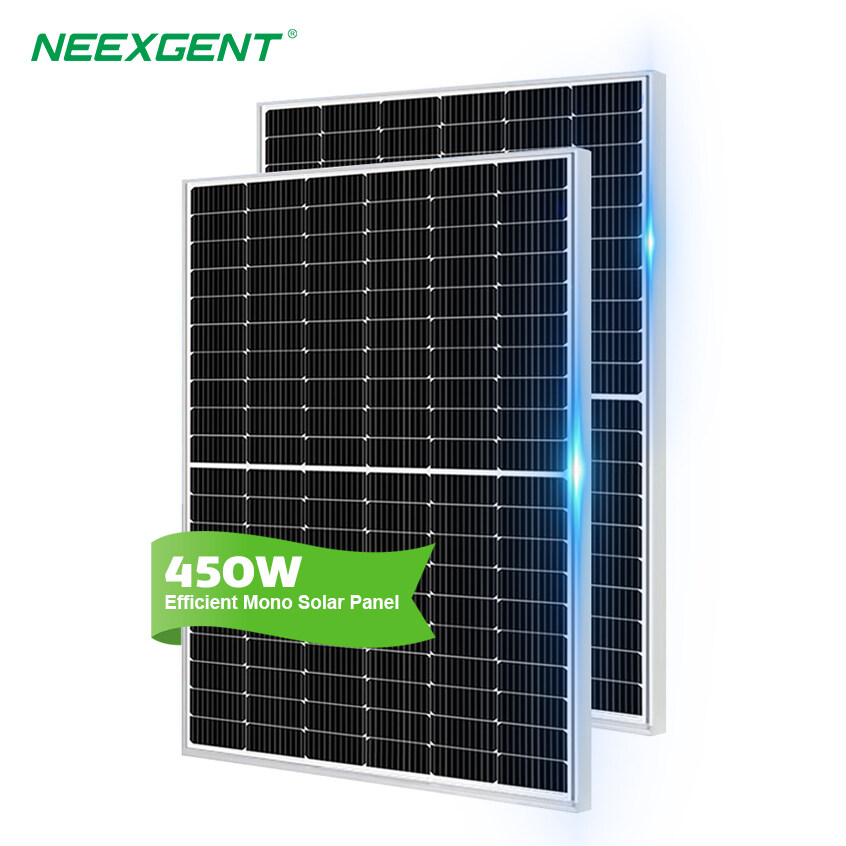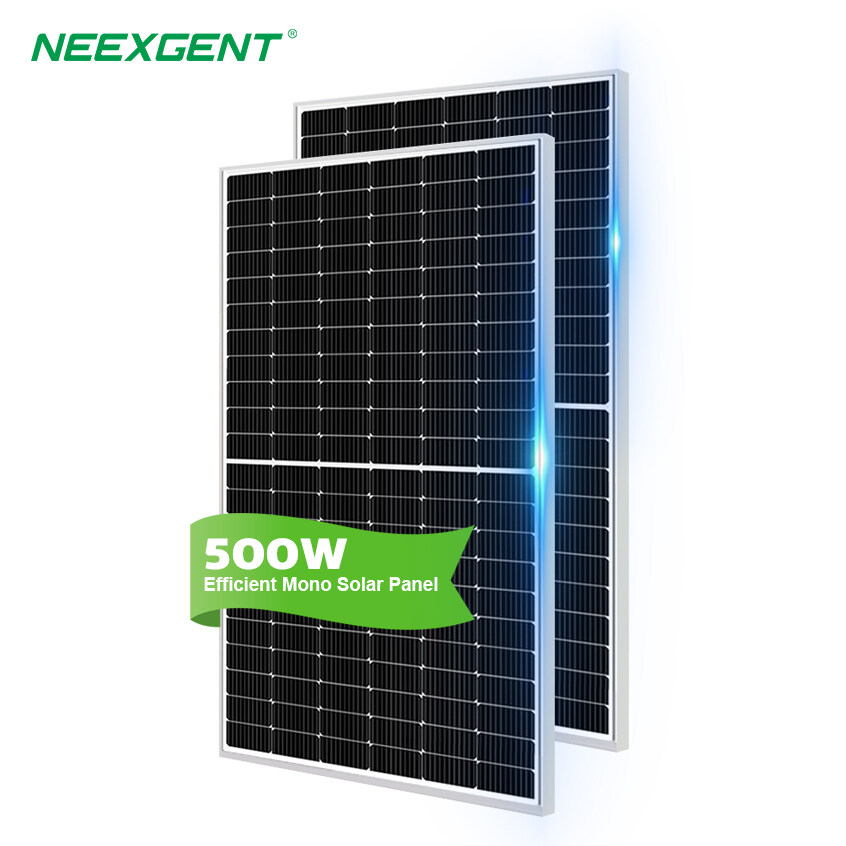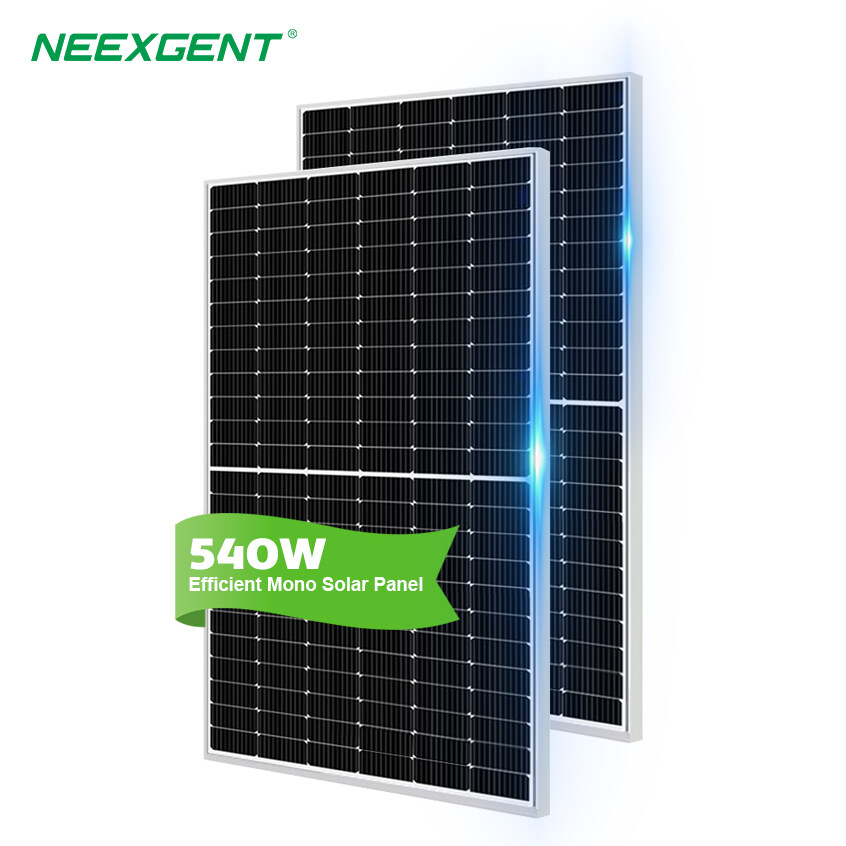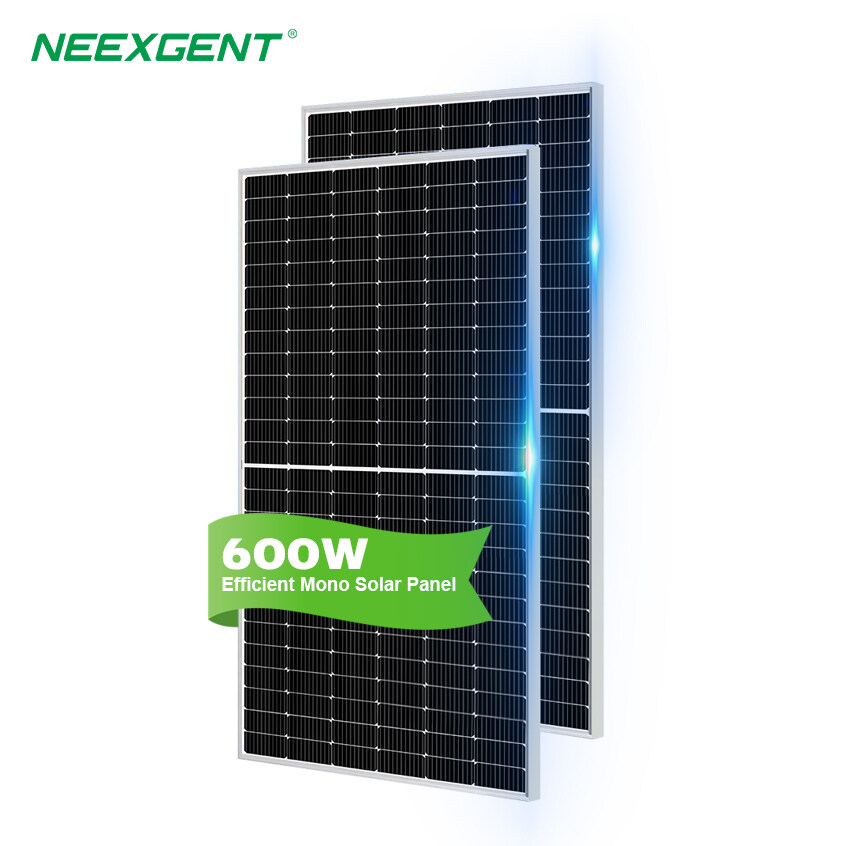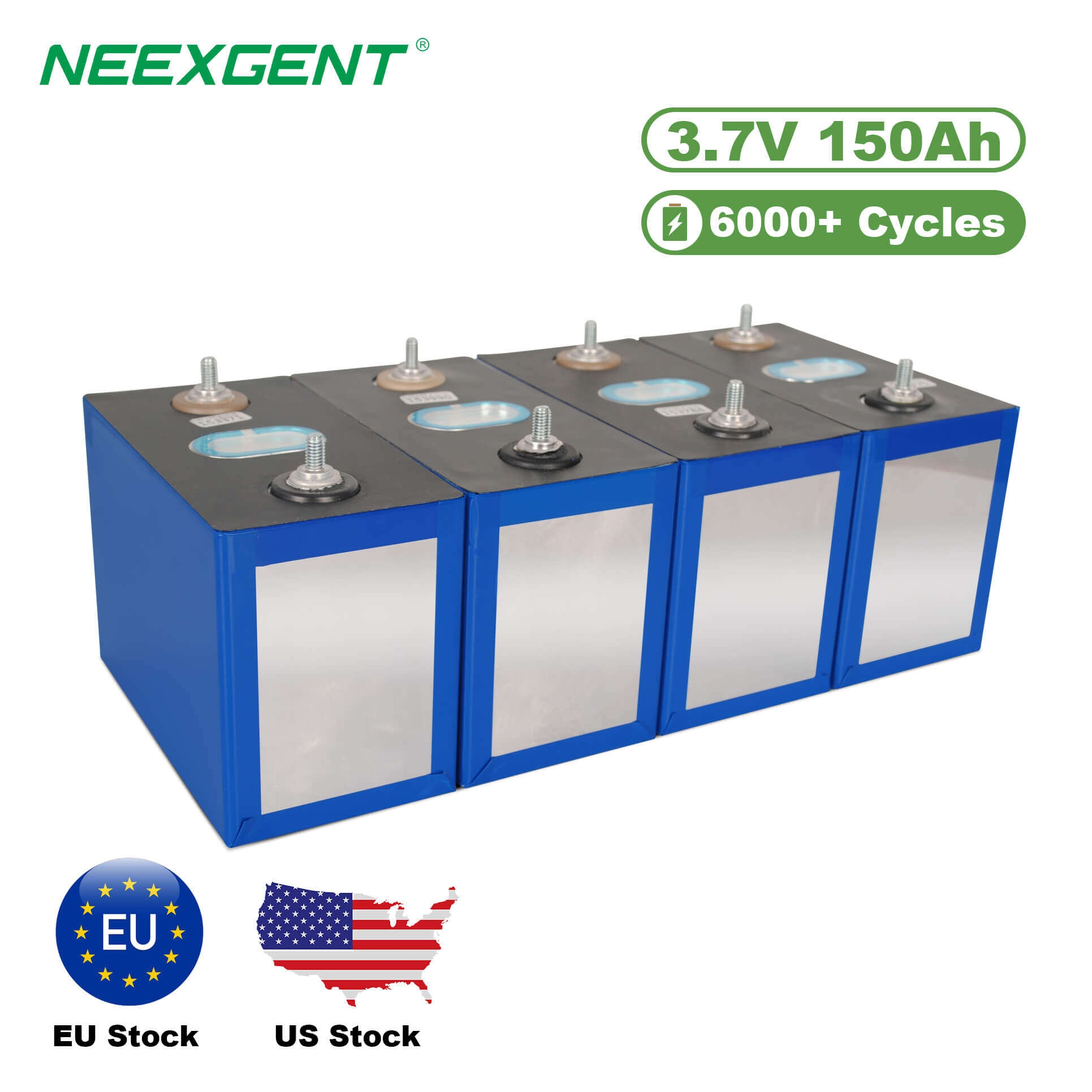Solar energy systems are rapidly transforming the way the world produces electricity. At the heart of these systems lies a crucial device — the solar inverter. Although solar panels often get the spotlight, it's the inverter that ensures the electricity generated can actually be used by our homes and businesses. This article provides a detailed, professional overview of what a solar inverter does, how it works, the different types available, and the evolving technology landscape.
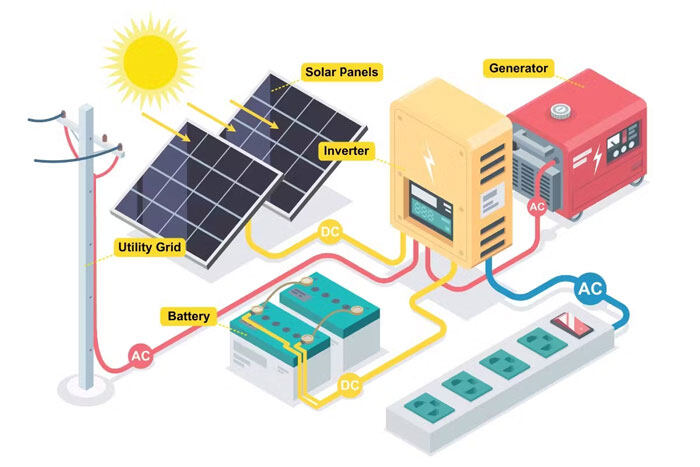
What Is a Solar Inverter?
A solar inverter is an essential component in a photovoltaic (PV) system. It converts the direct current (DC) electricity generated by solar panels into alternating current (AC) electricity, which is the form of electricity used by most household appliances and the electrical grid.
DC vs. AC: Why Conversion Is Necessary
Solar panels generate DC electricity because of the nature of the photovoltaic effect. However, homes, offices, and utility grids use AC electricity. An inverter ensures compatibility by performing this conversion, allowing solar energy to be used effectively or sent back to the grid.
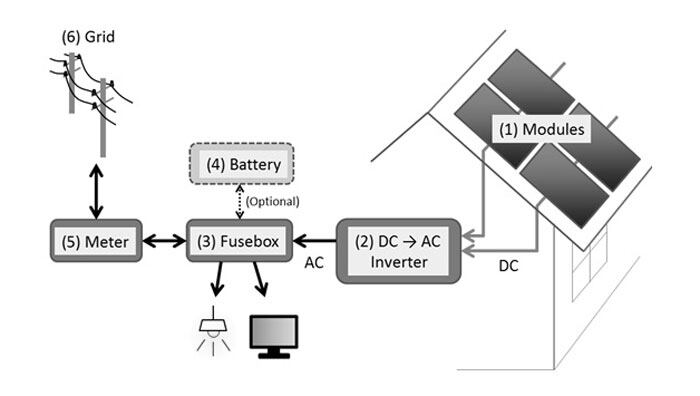
How Does a Solar Inverter Work?
The process can be broken down into several key steps:
-
DC Input: Solar panels capture sunlight and generate DC electricity.
-
MPPT (Maximum Power Point Tracking): The inverter optimizes the power output of solar panels by adjusting voltage and current.
-
Inversion: The DC electricity is inverted to AC through a series of switching transistors that mimic an AC sine wave.
-
Synchronization: The AC output is synchronized with the grid (if applicable) in terms of voltage and frequency.
-
Output Delivery: The resulting AC electricity is supplied to the building’s electrical system or the grid.
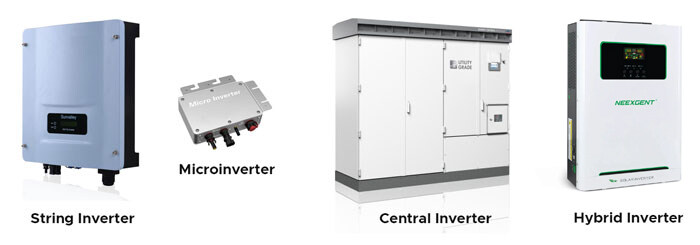
Types of Solar Inverters
There are several main types of solar inverters, each suited to specific applications. Below is a comparative overview:
| Inverter Type |
Typical Use Case |
Efficiency Range (%) |
Scalability |
Cost |
| String Inverter |
Residential/Commercial |
95–98 |
Medium |
Moderate |
| Microinverter |
Residential (rooftop) |
96–98 |
High |
High |
| Central Inverter |
Utility-scale |
94–98 |
Low |
Low per watt |
| Hybrid Inverter |
Grid-tied with battery |
95–98 |
Medium |
Moderate to High |
Efficiency Trends of Solar Inverters
Efficiency is a critical parameter for solar inverters. Over the past decade, inverter technology has seen significant gains. The graph below illustrates the increase in average inverter efficiency over time:
As shown, the average efficiency of solar inverters has improved from around 93.5% in 2010 to over 97.4% in 2024. This trend reflects advances in semiconductor materials, cooling techniques, and control algorithms.
Key Features of Modern Solar Inverters
1. MPPT (Maximum Power Point Tracking)
Modern inverters include MPPT algorithms that continuously track the optimum power output point, even under partial shading or fluctuating irradiance.
2. Smart Capabilities
Today’s inverters often include Wi-Fi or Bluetooth connectivity for real-time monitoring, fault detection, and remote diagnostics.
3. Grid-Tied Functionality
Grid-tied inverters are capable of syncing with the utility grid, allowing excess electricity to be exported — often earning the user credit under net metering schemes.
4. Battery Compatibility
Hybrid inverters can manage both solar and battery inputs, offering flexibility for energy storage and backup power.
Selection Criteria for Solar Inverters
When choosing an inverter, several factors should be considered:
-
System Size: Central inverters suit large installations, while microinverters are best for small rooftop systems.
-
Panel Orientation: Microinverters or optimizers are ideal for systems with multiple panel orientations or shading.
-
Budget: Central and string inverters offer lower cost per watt, while microinverters provide better individual panel control.
-
Future Expansion: Systems using microinverters or hybrid inverters can scale more easily.
Common Challenges and Solutions
|
Issue
|
Cause
|
Solution
|
|
Overheating
|
Poor ventilation
|
Install in shaded, ventilated area
|
|
Inverter shutdown
|
Grid voltage anomalies
|
Install voltage regulation devices
|
|
Low performance
|
Dirty panels or poor MPPT
|
Regular cleaning and firmware updates
|
Applications of Solar Inverters in Different Contexts
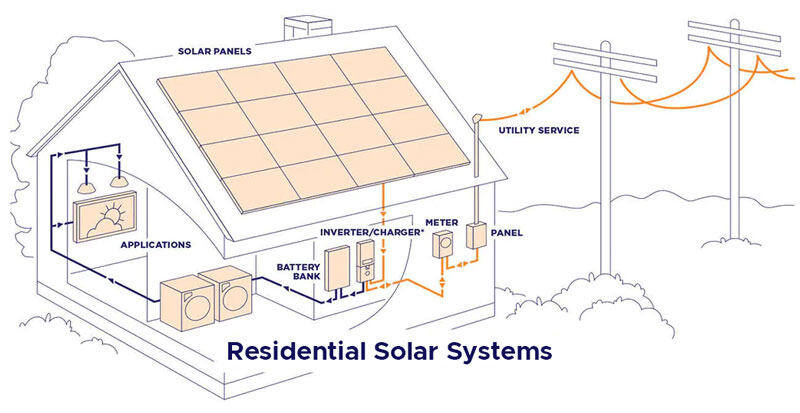
1. Residential Solar Systems
In homes, inverters are typically string inverters or microinverters. They:
-
Manage electricity generated from rooftop panels.
-
Interface with smart meters for net metering.
-
Often integrate with energy management systems.
Example Use Case: A 5kW rooftop system with a hybrid inverter can store excess electricity in a home battery and supply power during outages.
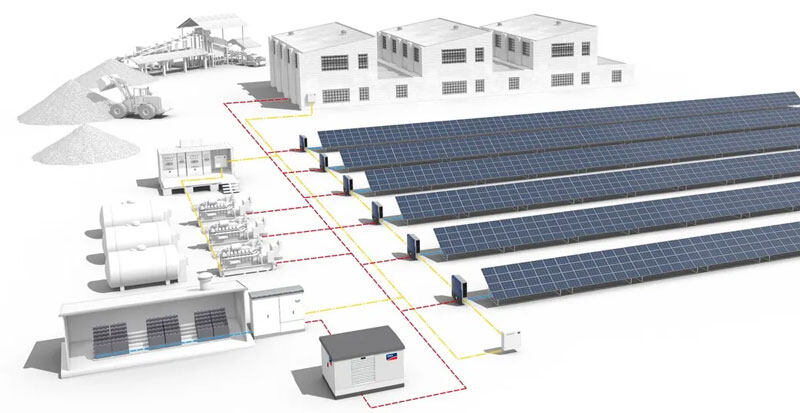
2. Commercial and Industrial Installations
For commercial properties:
-
Central inverters dominate due to scale efficiency.
-
Monitoring capabilities are essential to ensure optimal ROI.
-
Multi-MPPT string inverters are common in buildings with complex roof structures.
Example: A shopping mall may install 500kW of solar PV with 5–10 string inverters, each monitoring separate sections.
3. Utility-Scale Solar Farms
In large-scale applications:
-
Central inverters handle megawatt-level power conversion.
-
Inverters must support grid services like voltage regulation and frequency support.
-
Modular design and remote diagnostics are critical.

Installation Best Practices
Proper inverter installation ensures long-term performance and safety:
|
Parameter
|
Best Practice
|
|
Location
|
Dry, shaded, and well-ventilated area, ideally north-facing wall (in Northern Hemisphere)
|
|
Wiring
|
Use appropriate gauge cables with minimal voltage drop
|
|
Grounding
|
Proper earthing to prevent surges and electrical faults
|
|
Cooling
|
Maintain adequate air circulation or active cooling for high-capacity inverters
|
|
Orientation
|
Vertical mounting to allow heat dissipation and avoid water ingress
|
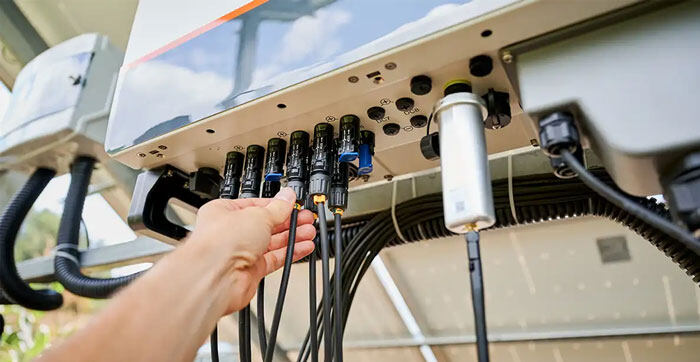
Maintenance and Lifecycle Management
Modern solar inverters are designed to last 10–15 years, compared to panels that may last 25–30 years. Preventive maintenance is key:
Regular Tasks:
-
Firmware Updates: Ensure compatibility with grid regulations.
-
Visual Inspection: Check for signs of wear, corrosion, or overheating.
-
Performance Logging: Compare expected vs actual output to catch hidden faults.
-
Cleaning: Dust can impact cooling, particularly on fan-cooled units.
Compliance Checklist:
|
Regulation
|
Description
|
Required For
|
|
Anti-Islanding
|
Automatically shut down during outage
|
Grid-tied systems
|
|
Frequency Ride-Through
|
Continue operating during voltage/frequency deviations
|
Commercial & Utility
|
|
Remote Disconnect
|
Allow utilities to control output
|
Smart grid integration
|
Solar Inverters and Grid Interaction
Modern inverters don’t just convert electricity; they help stabilize the grid:
Functions:
-
Reactive Power Compensation: Maintain voltage levels in local distribution networks.
-
Frequency Regulation: Help stabilize grid frequency during demand spikes.
-
Grid Forming: Some inverters can mimic a grid, crucial for microgrids or blackout recovery.
Technical Deep Dive: Inverter Architectures
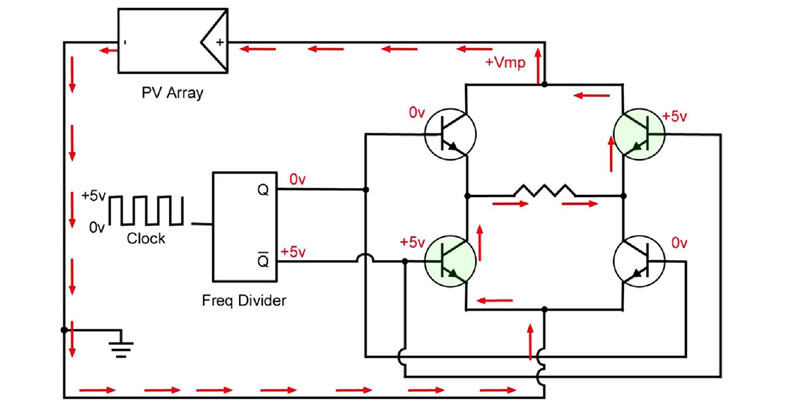
1. H-Bridge Topology
Most single-phase inverters use an H-Bridge circuit to create alternating voltage from DC input. It operates by switching transistors in a controlled sequence.
Advantage: Simple and cost-effective.
Limitation: Generates harmonics, mitigated through filtering.
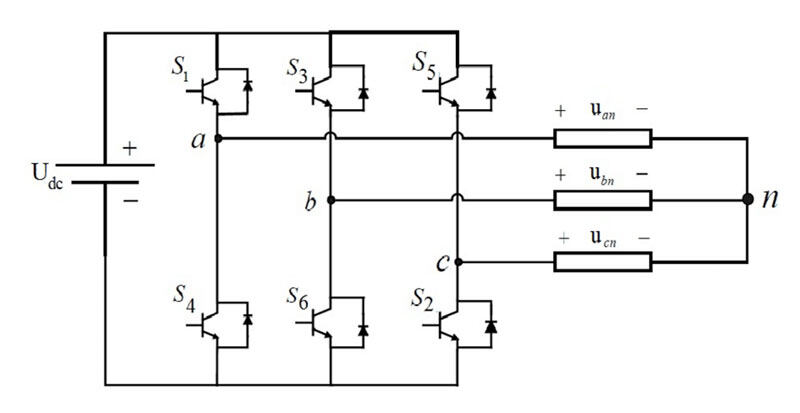
2. Three-Phase Inverters
Used in commercial and utility-scale systems. They improve power quality and reduce transmission losses.
Key Benefit: Better load balancing and efficiency.
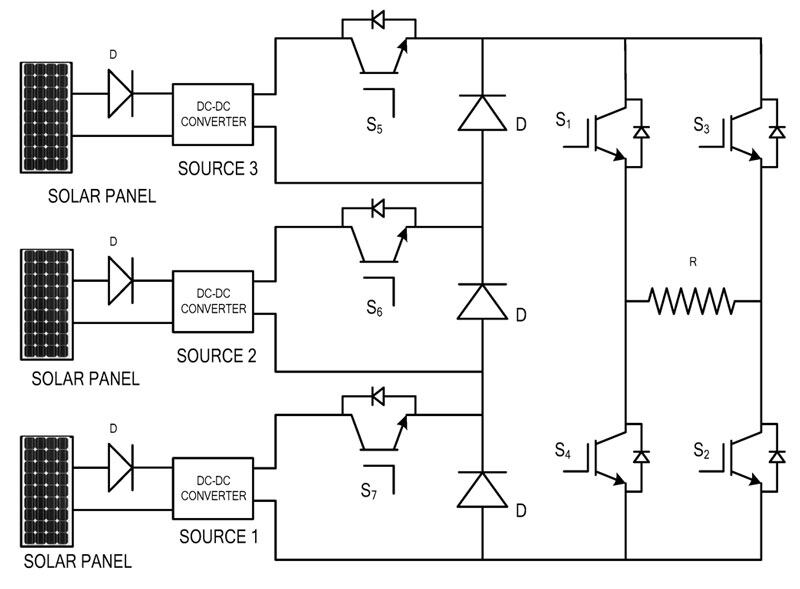
3. Multilevel Inverters
These create smoother sine wave output with lower harmonic distortion, using multiple DC voltage levels.
|
Topology
|
Key Feature
|
Application
|
|
Two-level
|
Basic inverter design
|
Small-scale systems
|
|
Three-level
|
Reduced harmonics
|
Commercial solar
|
|
Cascaded H-bridge
|
Modular and scalable
|
Utility-scale PV plants
|
Fault Detection and Diagnostics
Modern inverters include advanced fault diagnostics to detect and address problems early.
Common Faults Detected:
-
Ground Faults: Leakage current to ground.
-
Arc Faults: High-impedance discharges that could cause fire.
-
Over/Under Voltage: From the grid or panel array.
-
Isolation Faults: Loss of electrical insulation.
Diagnostic Techniques:
-
Self-Test Routines at startup.
-
Remote Monitoring Dashboards with real-time alerts.
-
Event Logging for performance and regulatory compliance.
Example:
A string inverter might detect a drop in one panel string’s current and flag it for inspection, possibly due to a loose connector or shading.
Safety Features in Modern Inverters
|
Feature
|
Description
|
Importance
|
|
Anti-Islanding
|
Disables inverter when grid goes down
|
Grid worker safety
|
|
AFCI (Arc Fault Circuit Interruption)
|
Detects arcing and disconnects circuit
|
Fire prevention
|
|
Rapid Shutdown
|
Cuts off voltage within 30 seconds
|
Roof safety for firefighters
|
|
Overcurrent Protection
|
Shuts down during short circuits
|
Equipment protection
|
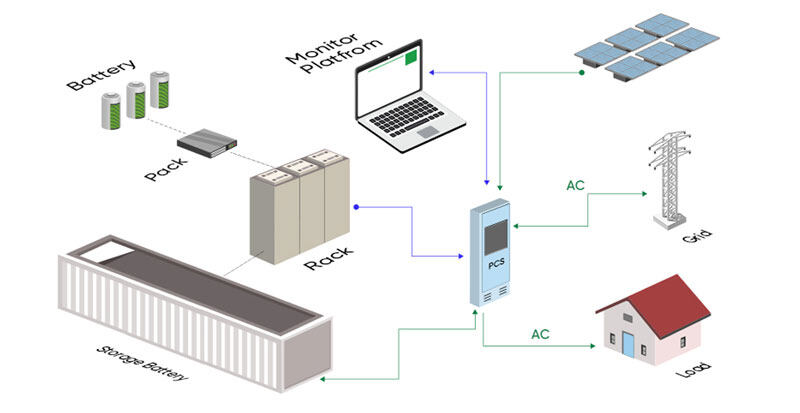
Integration with Energy Storage Systems
Inverters increasingly support batteries, enabling hybrid solar + storage systems. These are vital for:
-
Backup Power: When the grid is down.
-
Load Shifting: Store energy during off-peak solar hours and use it during evening peaks.
-
Self-Consumption Optimization: Use your own energy instead of exporting to grid.
Inverter Configurations:
-
AC-Coupled: Separate inverter for battery and solar.
-
DC-Coupled: Shared inverter for both. More efficient, less conversion loss.
Hybrid inverters natively support both solar PV and battery input, and some support EV charging as well.
Key Takeaways
-
Functionality: Converts DC to AC, but also manages power flow, protects systems, and interacts with the grid.
-
Diversity: Many inverter types exist for different scales and purposes.
-
Smart Capabilities: Today’s inverters are communication-enabled, grid-supportive, and increasingly autonomous.
-
Strategic Role: Solar inverters are becoming key players in a decentralized, resilient, low-carbon energy grid.
Conclusion
Solar inverters are far more than simple DC-to-AC converters—they are the intelligent core of any solar energy system. By optimizing energy output, ensuring grid compatibility, enhancing safety, and enabling integration with batteries and smart technologies, they play a vital role in both current and future energy infrastructures.
As solar adoption grows, the inverter’s function will continue to expand—from power conversion to grid support and energy management. In the transition to a cleaner, smarter, and more resilient energy future, solar inverters are not just supporting players—they are central to making it all possible.
Frequently Asked Questions (FAQs)
1. What does a solar inverter do?
A solar inverter converts DC electricity from solar panels into AC electricity for use in homes and businesses. It also manages power optimization, safety, and grid interaction.
2. How long does a solar inverter last?
Solar inverters typically last 10 to 15 years. Premium models can last up to 20 years with good maintenance.
3. What are the signs of a failing solar inverter?
Common signs include reduced output, warning lights, error codes, or total system shutdown. Regular monitoring helps detect issues early.
4. Can I add a battery to my existing inverter system?
Yes. Hybrid inverters support batteries directly. If you have a standard inverter, you may need to add a separate battery inverter (AC-coupled).
5. What’s the difference between microinverters and string inverters?
Microinverters are installed on each panel for individual control and better performance in shaded conditions. String inverters connect multiple panels, offering lower cost but less granularity.

